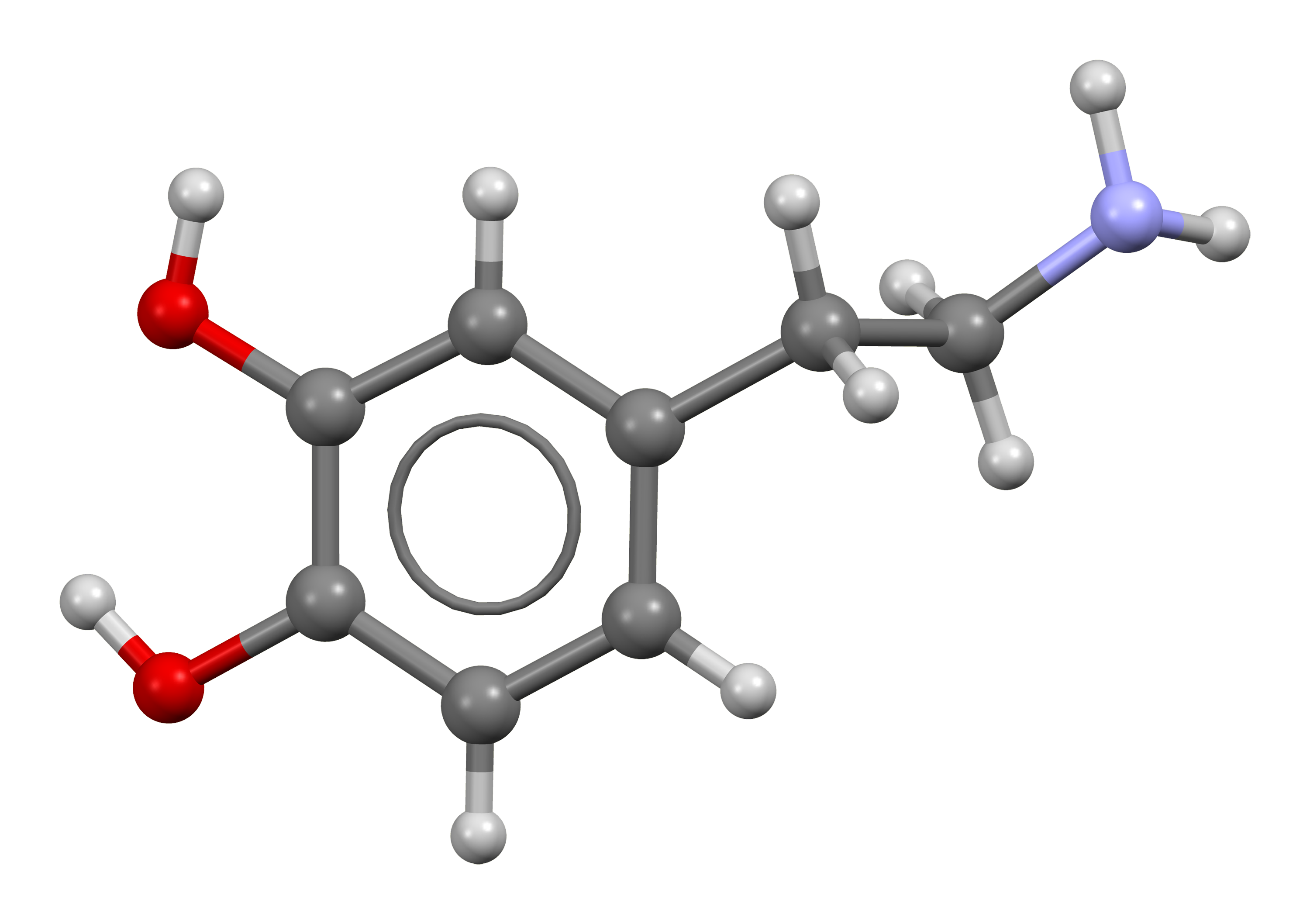Introduction to Dopamine
- Introduction to Neurotransmitters
- The Role of Dopamine
- The Role of Serotonin
- Interplay of Dopamine and Serotonin
- Competing Actions
- Collaborative Actions
- Conflicting Actions on Same Behaviors
- Complexity in Neuronal Combinations
- The Impacts of Therapeutic Drugs on Dopamine and Serotonin
- Dopamine, Serotonin and Mental Health
- Dopamine, Serotonin and Cognitive Functioning
- Settings, Synaptic Plasticity and Sensitization
- Prospects and Challenges in Dopamine & Serotonin Research
Prospects and Challenges in Dopamine & Serotonin Research
Concluding Reflections on Dopamine and Serotonin: Interplay and Impacts

Organic chemical that functions both as a hormone and a neurotransmitter.
As we conclude our exploration of dopamine and serotonin, it's important to reflect on the key learnings from this course and the significance of these neurotransmitters in our daily lives.
Throughout this course, we have delved into the complex roles of dopamine and serotonin in the human brain. We've examined their individual functions, their interplay, and their impacts on various aspects of human behavior and mental health. From reward and motivation to mood and cognition, these neurotransmitters play a crucial role in shaping who we are and how we interact with the world around us.
One of the key takeaways from this course is the intricate balance between dopamine and serotonin. Their interplay is not just a simple binary of competition or collaboration, but a complex dance that can have profound effects on our mental and physical health. This balance is delicate, and disruptions can lead to a range of disorders, from depression and anxiety to schizophrenia and Parkinson's disease.
However, our understanding of these neurotransmitters is far from complete. There are still many unresolved mysteries surrounding dopamine and serotonin. For instance, we still don't fully understand how these neurotransmitters interact with each other at a molecular level, or how exactly they contribute to various cognitive processes. These gaps in our knowledge highlight the need for continued research in this field.
Looking forward, there are many exciting potential areas for future research. With advances in neuroscience and technology, we are now better equipped than ever to unravel the secrets of the human brain. As we continue to learn more about dopamine and serotonin, we can expect to see new treatments for mental health disorders, more effective therapies, and a deeper understanding of human behavior.
In conclusion, the study of dopamine and serotonin is a fascinating journey into the human mind. It's a journey that is far from over, and one that promises to yield many more insights in the years to come. I encourage you all to stay curious, keep learning, and stay updated with the latest research in this field. The knowledge we gain from studying these neurotransmitters not only has the potential to improve our own lives, but also to contribute to the betterment of society as a whole.